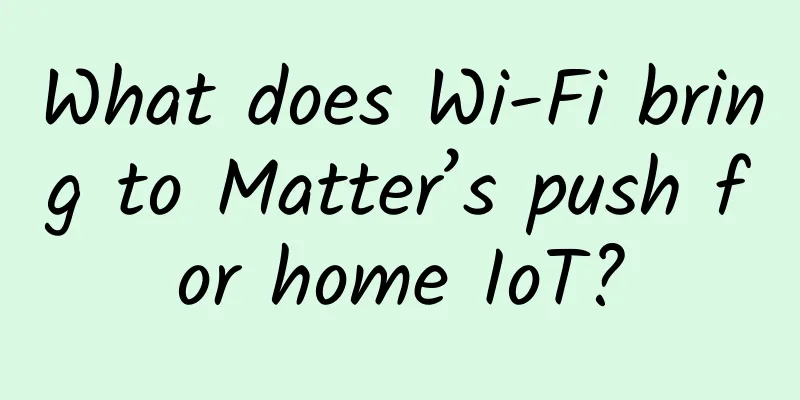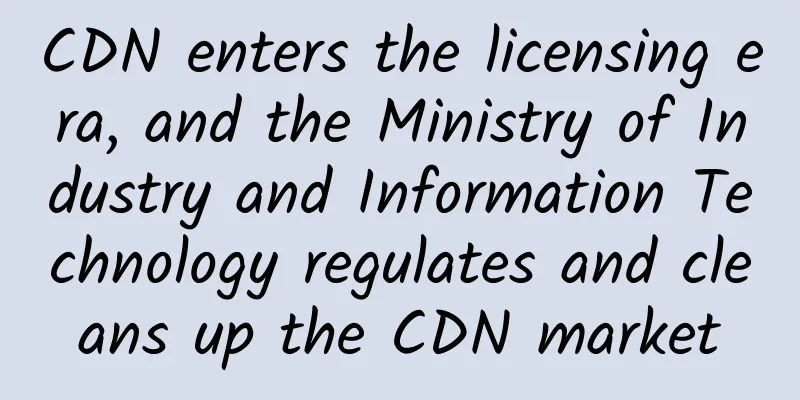What does Wi-Fi bring to Matter’s push for home IoT?

|
As Matter’s foundational technology, Wi-Fi can help new interoperability protocols unlock new growth in the home IoT. The Matter protocol enables greater interoperability between IoT devices, which could represent the major market breakthrough that the IoT ecosystem has been waiting for. Many of the biggest names in high tech, including Amazon, Apple, and Google, have built Matter support into their IoT products. What is often overlooked is the importance of Wi-Fi as a foundational technology that can help Matter realize its potential. Fierce Electronics recently spoke with Kevin Robinson, president and CEO of the Wi-Fi Alliance, about the role this technology plays in supporting Matter and how Matter can help Wi-Fi devices become more widely connected. An edited transcript of the conversation follows. Fierce Electronics: How important is Matter in helping the Internet of Things, especially the proliferation of consumer IoT, and what role does Wi-Fi play in enabling that?Kevin Robinson: Matter is looking to remove some of the barriers that we've traditionally seen in IoT interoperability, particularly at the service or application level. If you think of it as an OSI model, there's been potential for interoperability, maybe with connectivity technologies like Wi-Fi or Thread. But the apps themselves don't play well together. The joke used to be, how many apps does it take to turn on a light bulb? It's almost like having to develop an app for every brand. That's been one of the last barriers to mass adoption and success in the IoT space. So what Matter has done is bring together two specific foundational connectivity technologies, Thread and Wi-Fi, which are both IP native technologies. And then Matter builds elements that sit on top of IP so that interoperability is possible across multiple vendors and multiple ecosystems. Fierce Electronics: Does it matter which generation of Wi-Fi technology it is?Kevin Robinson: This really shows the value that Wi-Fi brings, because Wi-Fi has maintained backward interoperability compatibility through all the generations. Matter requires Wi-Fi Certified 4 or later, but it will benefit from the fact that we have this backward interoperability. Wi-Fi 5 devices will work in the Matter ecosystem, Wi-Fi 6 devices will work in the ecosystem, and eventually Wi-Fi 7 devices. Matter really doesn't have to do anything to make this happen. Fierce Electronics: Wi-Fi already connects billions of devices, and Matter can use that market penetration to help its cause, but can Wi-Fi expand its market further with Matter’s help? Kevin Robinson: Absolutely. Reducing one of the few remaining barriers to residential IoT adoption by allowing services and applications to interoperate will increase the opportunity for the entire home IoT. Similar to the case with Wi-Fi, for many years we as an industry have provided multi-vendor interoperability to benefit the businesses that participate in Wi-Fi and ultimately the consumers as well. The consumer can use whatever brand of phone or laptop they prefer. Matter is doing the same thing for a higher level, the applications themselves, so this definitely has the potential to make the size of the pipe even larger, increasing the opportunity to expand connected devices to new device categories and allowing more vendors to bring more devices to market. Another important aspect is that Matter specifically requires Wi-Fi certified products and expects to provide potential interoperability, security, manageability, etc. This also reduces some of the friction to provide a better user experience. As more people look at home IoT products, this will again increase the opportunity. As you can see, Wi-Fi already has a very strong presence in the home IoT space. Fierce Electronics: If Matter does live up to the promises people have for the IoT market, will your alliance’s Wi-Fi certification program be able to keep up with the variety of new products that may emerge?Kevin Robinson: Our Wi-Fi certification program leverages a global third-party network of more than a dozen labs. These labs do a variety of testing—Bluetooth, Matter, cellular, as well as Wi-Fi, so the labs in this network are absolutely sufficient for the new devices that are coming to market. We now have more than 75,000 Wi-Fi certified products. Another important point is that Wi-Fi does not need to add any new features to support Matter. The devices must include Matter capabilities, but all the features under Matter are already in Wi-Fi. Fierce Electronics: Wi-Fi doesn’t need to change to support Matter, but because Matter could impact the development of new applications in the connected home, do you think it will affect the direction of Wi-Fi and the evolution of latency, security, and manageability in future versions of Wi-Fi?Kevin Robinson: The Wi-Fi Alliance has a good line of communication with the Connectivity Standards Alliance. We do see the Wi-Fi industry being willing to take on the needs of an ecosystem like Matter and see what can be adapted in its own toolkit. We already have a very rich toolset, in part because Wi-Fi already operates in very challenging environments, and we are very willing to expand the toolkit based on Matter's ultimate needs. |
<<: Time is of the essence. Huawei advocates accelerating the move towards an intelligent world.
>>: How to ensure wireless network infrastructure supports Wi-Fi 6/6E?
Recommend
Airplanes are all equipped with 5G, so why is the signal on high-speed trains still so poor?
[[403928]] This article is reprinted from the WeC...
Telefónica and Microsoft combine private 5G and edge computing for Industry 4.0
According to foreign media reports, Spanish Telef...
[Python Flask Practice] Get HTTP request data
[[389990]] When the client accesses the server pr...
Half of the world's websites use HTTPS: HTTP is being phased out
In the early years, the data transmitted by the H...
What secrets do you not know about the spanning tree protocol?
1. Spanning Tree Protocol (STP) Compaq was long a...
UDP, you need to feed the mouse!
[[353775]] The transport layer is located between...
Network Programming - Another Look at TCP's Four Waves
[[270759]] Preface Four waves The four-wave proce...
"Wo connects everything, wins the edge with intelligence" 2018 China Unicom Edge Cloud Ecosystem Partner Conference was held in Beijing
Normal 0 7.8 磅 0 2 false false false EN-US ZH-CN ...
HostYun: 16 yuan/month-1GB/10GB SSD/300GB/Hong Kong VPS/US VPS/Japan VPS/Korea VPS
Share the VPS host information provided by HostYu...
F5 security experts talk about DevSecOps: security by design
If someone asks, "What is changing the techn...
6 ways to remove duplicate URLs! (with detailed code)
[[341325]] This article is reprinted from the WeC...
A first look at the 6G era: frequency band exploration, wide-area coverage, cloud and connectivity
When 5G R16 and R17 have not yet been launched, c...
Detailed explanation of several wireless transmission modes!
1. Access Point (AP) In this mode, the wireless n...
Two ways to decrypt HTTPS traffic with Wireshark
principle Let's review the entire handshake p...
DigitalVirt: Los Angeles AS9929 line starting at 245 yuan/year, 1GB/20G NVMe/1TB monthly traffic
DigitalVirt recently launched a new promotion, wh...







![[Black Friday] Sharktech: 50% off on all cloud products, 10Gbps unlimited traffic server $349/month-2*Gold 6148/128G/2TB NVMe/Los Angeles and other data centers](/upload/images/67cabcf5b13e5.webp)

